Located in a prime location on Phan Dinh Phung Street, Phu Nhuan District, Ho Chi Minh City (right at the intersection of Phan Dinh Phung and Phan Dang Luu), the crab restaurant of Ms. Doan Thuc (48 years old) attracts passersby with large glass jars placed right in front, inside containing fresh crabs, wriggling in a strange white and brown liquid. This makes many people curious, not understanding what strange dish the owner sells.
According to research, Ms. Doan Thuc bathes the crabs in fresh milk and sassafras to create a more unique flavor for the Ca Mau crab dish at the restaurant. After a few young people shared this dish on social media, Ms. Thuc's restaurant attracted a clearly larger number of customers. Videos of the crab dish "bathed" in milk and sassafras also have hundreds of thousands of views, comments, and debates about the preparation and flavor.
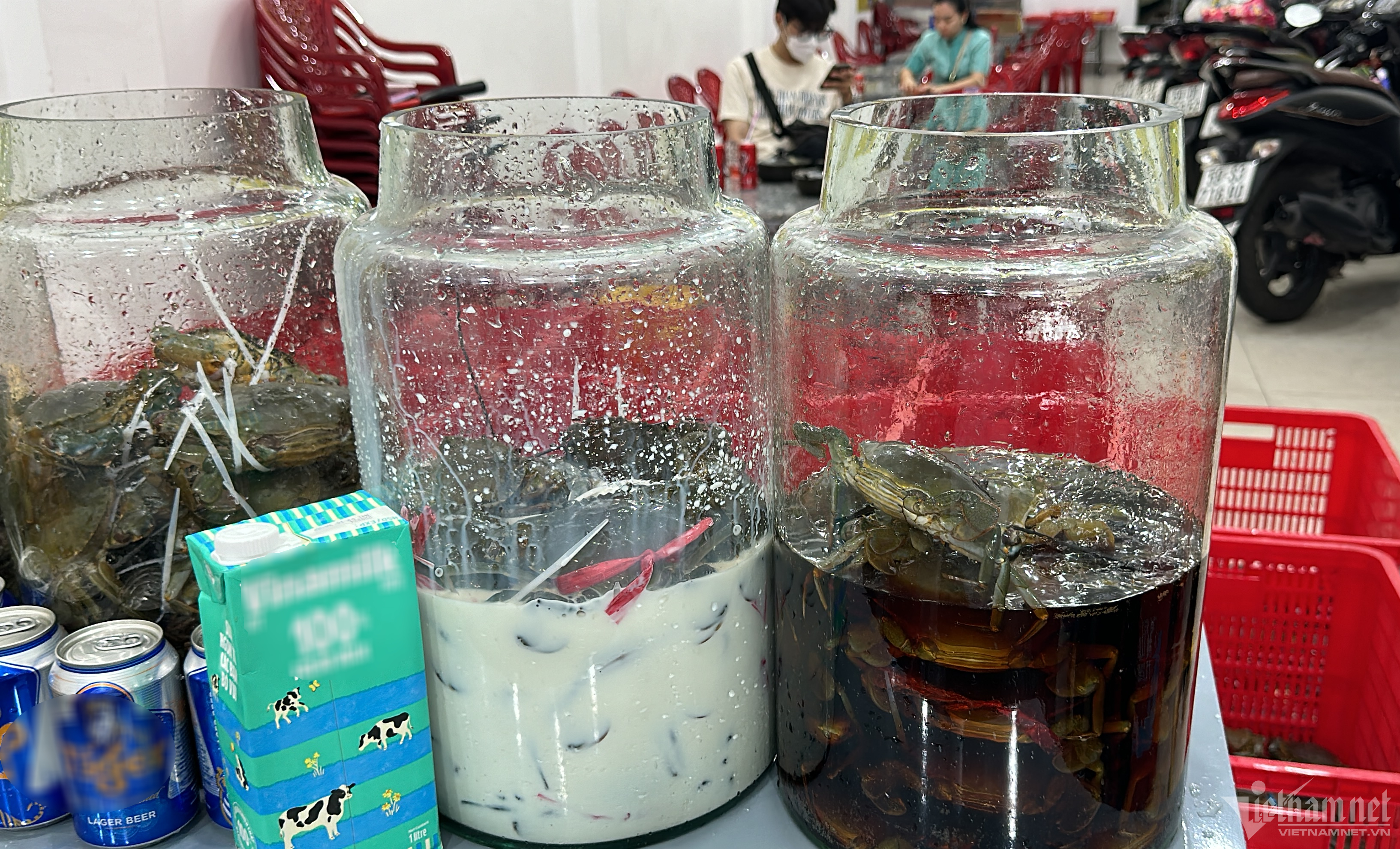
According to Ms. Thuc, after being placed in glass jars, the fresh Ca Mau crabs will be soaked in four main ingredients: fresh milk, sarsaparilla, fresh coconut, and beer. Of which, crab soaked in fresh milk and sarsaparilla are the two newest forms that the restaurant owner came up with more than a month ago to serve customers.
"Once I saw foreigners preparing seafood with milk, wine, and soft drinks. They seemed to really like this combination. So I wondered why not try doing it in Vietnam. Thinking about it, I tried using milk and sassafras to soak crabs," Ms. Thuc shared.
After the "bathing" period, the crab will be steamed and then eaten immediately or processed into another dish depending on the customer's preference. Ms. Thuc said that after the "bathing", the steamed crab does not have any spices added but has a richer, sweeter flavor. "When I started making it, I was also afraid that customers would not like the taste, but luckily after trying it for the first time, customers all gave good feedback and came back for more or recommended more. Thanks to that, this dish is also more well-received," said the restaurant owner.
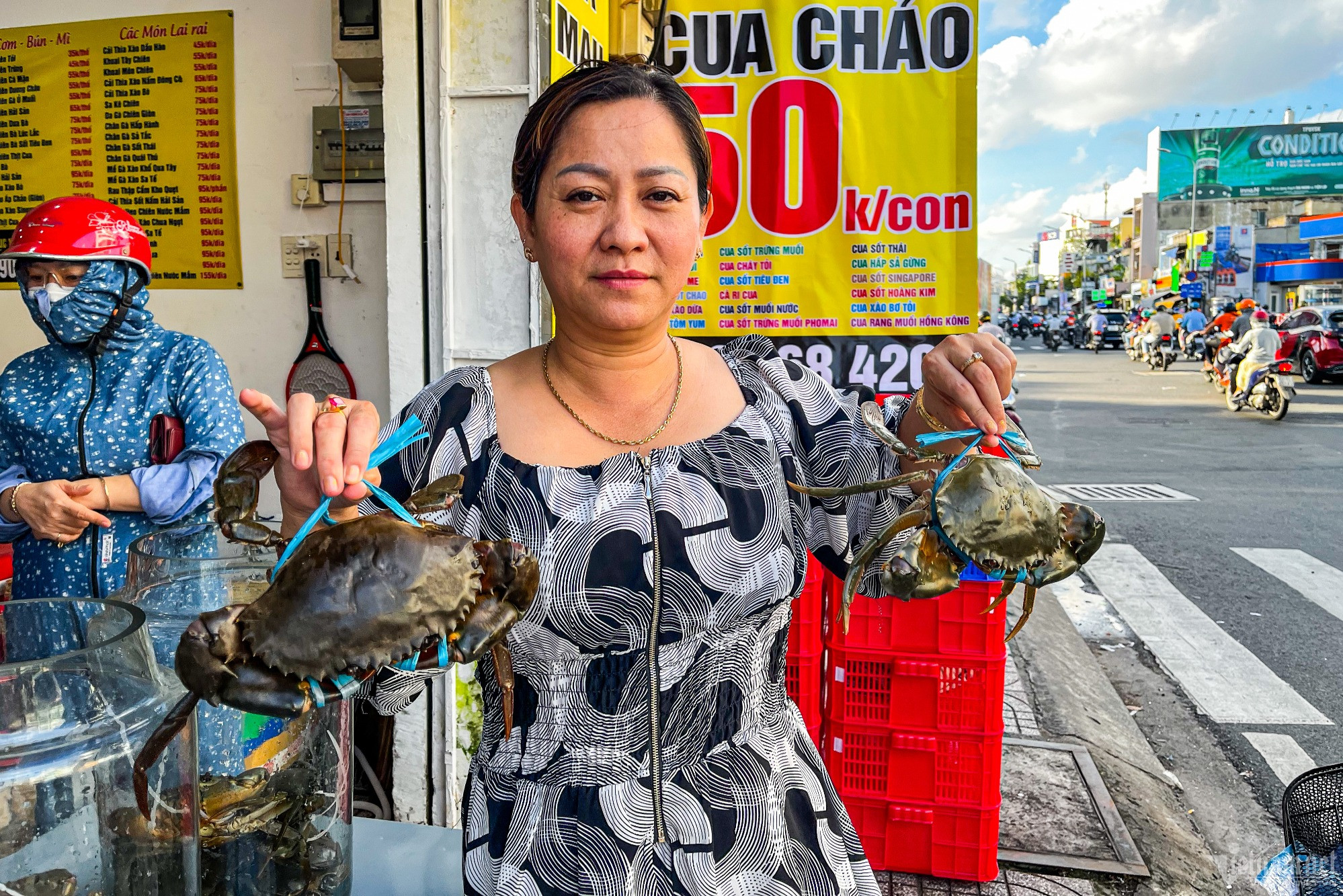
The owner said that the restaurant mainly uses square bib crabs from Ca Mau (also known as virgin crabs). This type has yellow, fatty and fragrant roe, is hard to find but is favored by the majority of customers. The crabs are carefully selected, packed in styrofoam boxes, and transported to Ho Chi Minh City within 8 hours. The crabs must still be healthy when they arrive at the restaurant.
According to the owner, every day, she imports 70-100kg of crab and processes it all during the day. "If the crabs are not sold out during the day, I will pre-process and filter the crab meat to make vermicelli for other dishes. When the crabs are dead or of poor quality, no dish will be delicious. That is the reason why I do not process dead crabs for customers," the owner said.
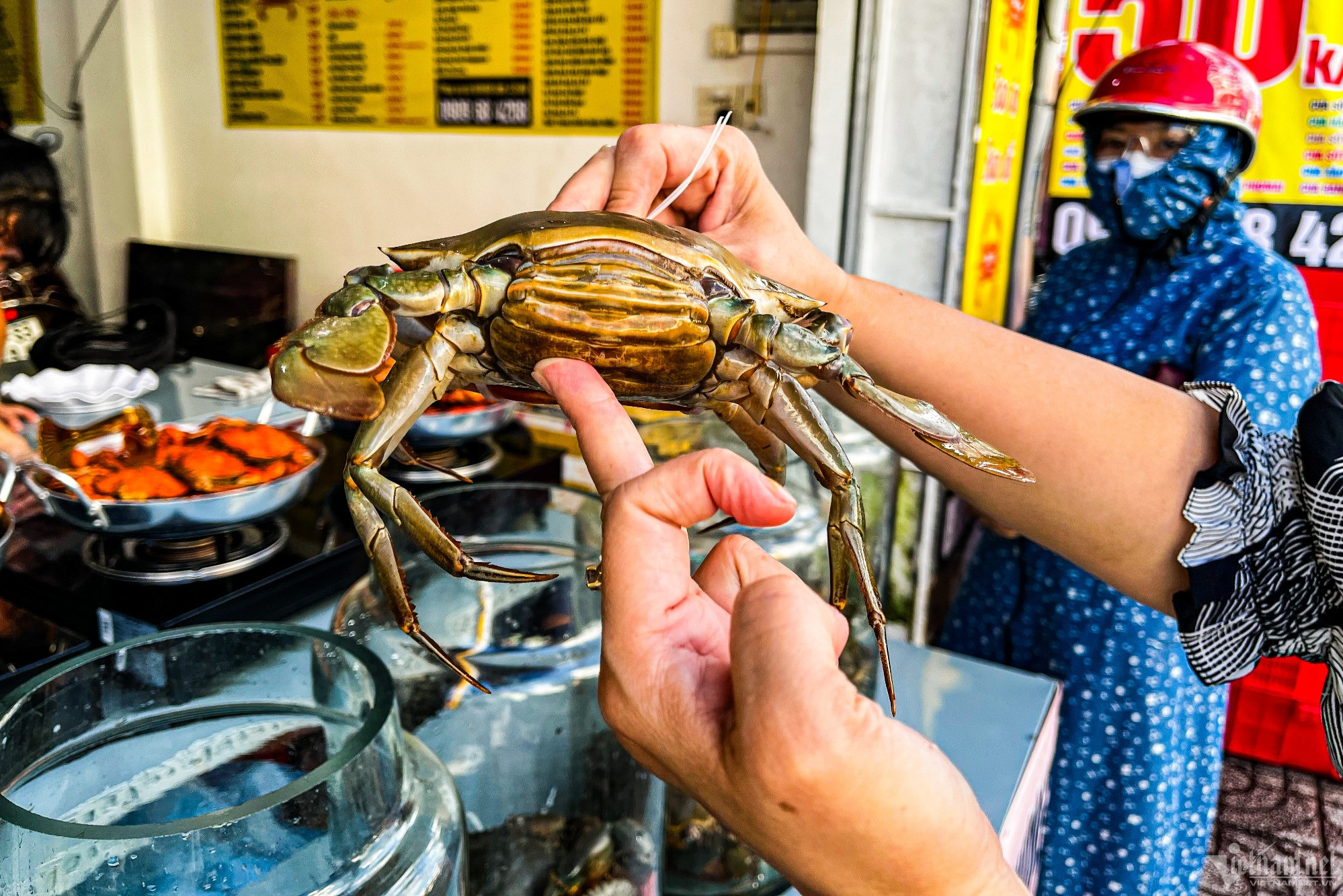
After the crabs “arrive”, they will be washed with diluted salt water, then sorted by type and size, and divided into plastic trays with ventilation holes. As a famous crab trader in Ho Chi Minh City, Ms. Thuc has a lot of experience. "I use a towel, soak it in water, and cover each crab tray, both to create humidity and to prevent the crabs from being bitten by mosquitoes. If mosquitoes bite the crabs' eyes, they will die immediately, losing their original deliciousness and freshness," Ms. Thuc shared a secret.
After being thoroughly cleaned with water, the crabs will be placed in each glass jar, each jar has a capacity of about 20 liters. Depending on the type of crab and the size of each crab, the number of crabs soaked in each glass jar will vary.
"Usually, for each jar like that, I will soak about 15kg of crabs with 8-10 liters of fresh milk or sarsaparilla. If the crabs are large, I will soak about 6-7 crabs/jar, and for medium or smaller crabs, there will be a few dozen crabs per jar. Soaking them in a glass jar makes them pleasing to the eye, easy to notice, and at the same time, it is also clean and does not harm health," Ms. Thuc shared.
According to the owner, the crabs are soaked in milk and sarsaparilla for about 15-20 minutes, not earlier or longer, to avoid losing the deliciousness and unique smell of Ca Mau crabs. "Soaking like this also helps the crabs metabolize, absorb fresh milk and fresh water into their bodies, and release seawater and dirt back out. I chose sarsaparilla because this soft drink has the most characteristic aroma of all soft drinks, a pleasant sweet taste, and when soaked, the crab meat does not lose its inherent sweetness," the owner shared.
Tran Tung Linh (born in 2002, Ho Chi Minh City) is one of the customers who came to the restaurant quite early to enjoy the crab dish. "Soaking the crab like this helps the crab have a strong aroma of milk, the characteristic aroma of sassafras. But sometimes the crab is too sweet with the smell of milk, it is quite greasy, making me quickly bored. But overall, this dish is strange and delicious," Linh commented.
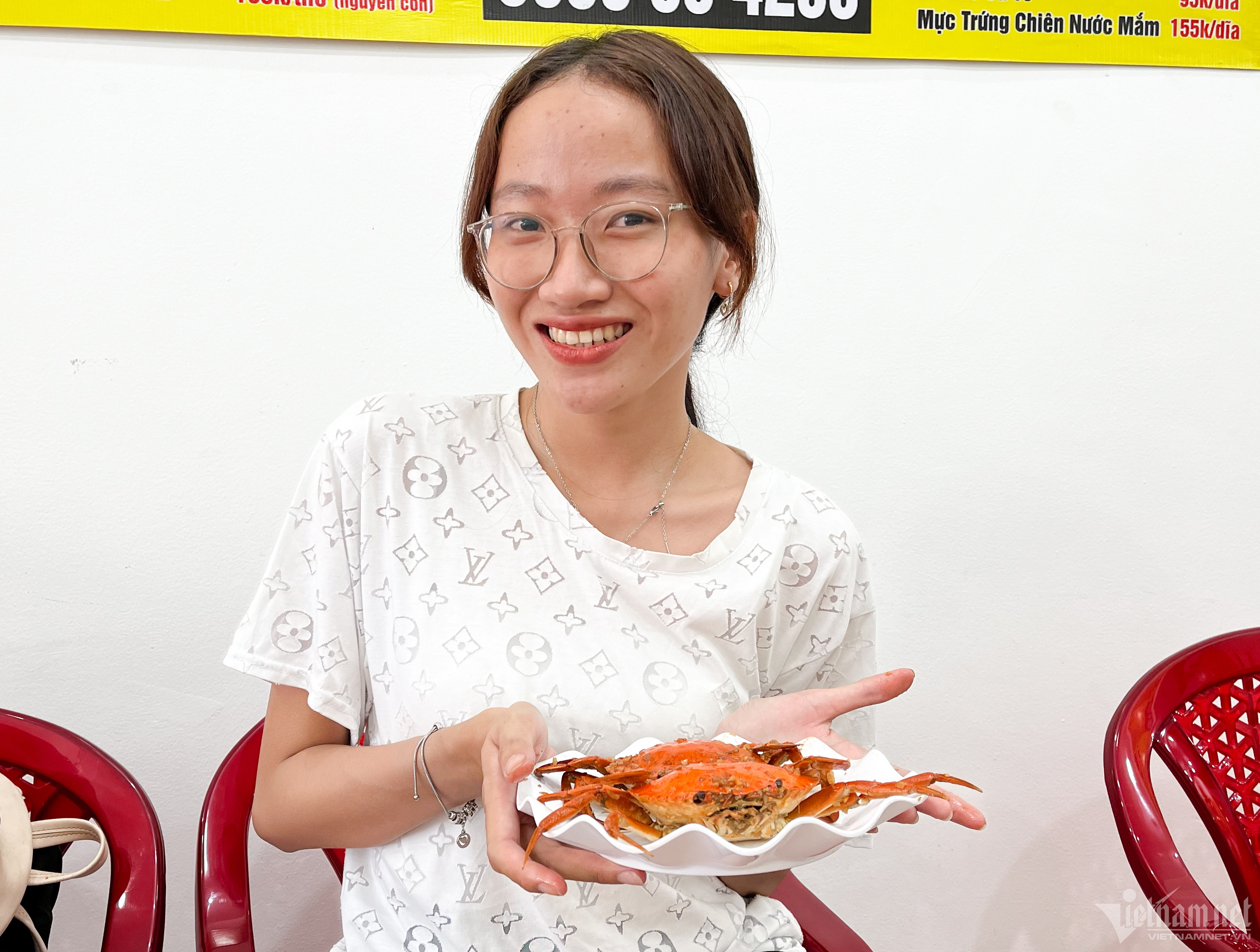
Every day, Ms. Thuc's restaurant is open from noon until late at night. The best-selling dish at the moment is steamed crab "bathed" in fresh milk, because many diners love the sweet, fragrant smell of crab meat after it has been soaked in milk.
"In addition to this dish, I will soon launch a full set of 18-flavor crab pans, which means crab is prepared in 18 pans with 18 completely different flavors," Ms. Thuc shared.
When Ms. Thuc's crab dish "bathed" in milk and sarsaparilla was shared on social networks, many diners expressed concern about the combination of seafood and soft drinks or fresh milk.
Sharing with VietNamNet reporter, Dr. Truong Hong Son, Deputy Secretary General of the Vietnam Medical Association, Director of the Vietnam Institute of Applied Medicine said: " Scientifically, there has not been any specific research proving that the combination of crab and milk can cause side effects to the body. If considering the nutritional composition, the nutritional value of both crab and milk is quite high, they are foods rich in protein. Crab when soaked in fresh milk can help reduce the fishy smell. Therefore, milk plays an important role in helping crab meat to be fragrant and no longer have a fishy smell."
According to Dr. Truong Hong Son, this combination only causes some digestive and allergic problems for those who have a history of allergies to seafood such as crab, cow's milk protein allergy or when the crab is not cooked.
"So when combining two types of food, crab and milk, in one dish, the risk of allergy does not come from the general combination but may be due to your allergy to one or both of these foods," said Dr. Truong Hong Son.
Vo Nhu Khanh
Source


















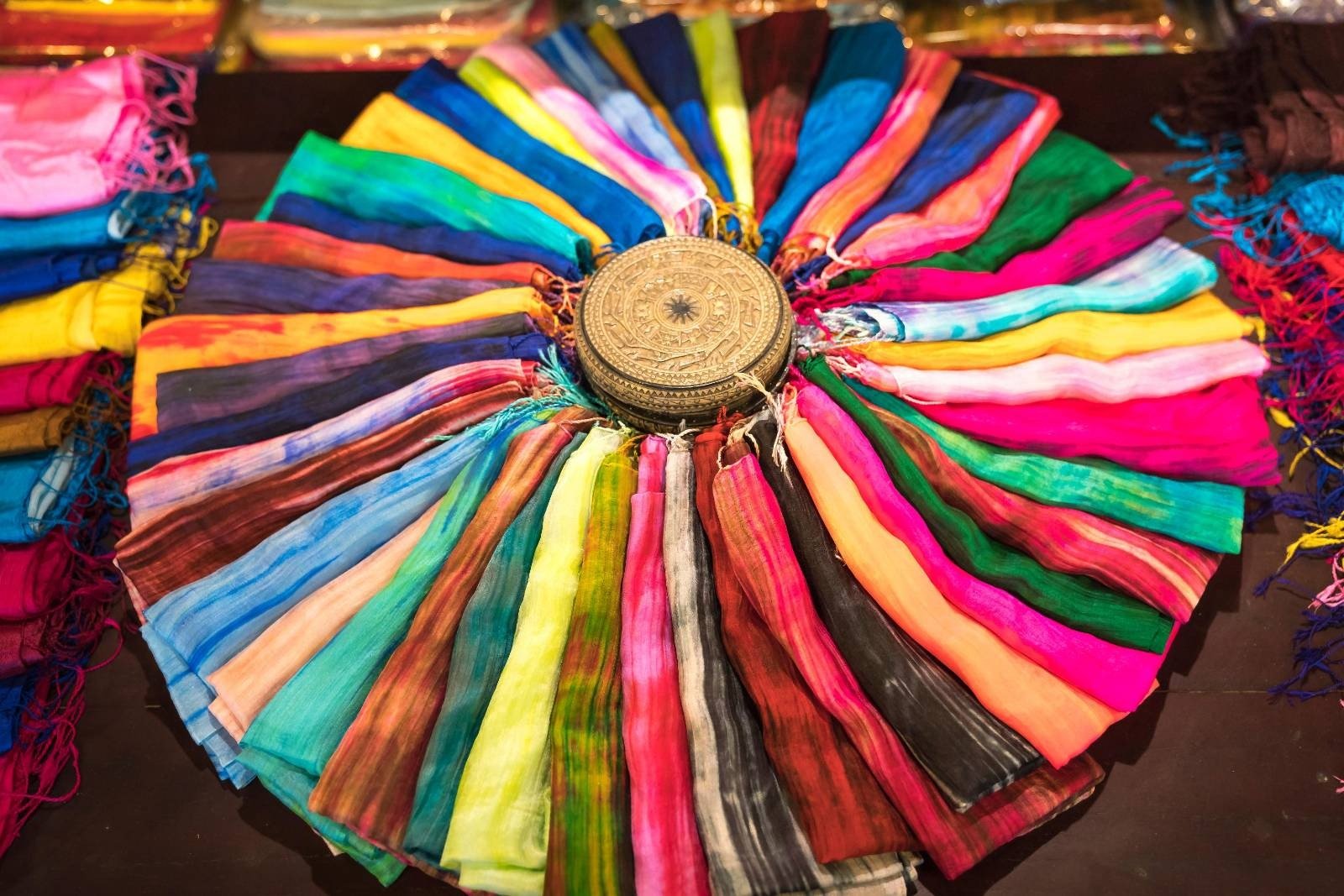




![[Photo] An Phu intersection project connecting Ho Chi Minh City-Long Thanh-Dau Giay expressway behind schedule](https://vstatic.vietnam.vn/vietnam/resource/IMAGE/2025/8/21/1ad80e9dd8944150bb72e6c49ecc7e08)











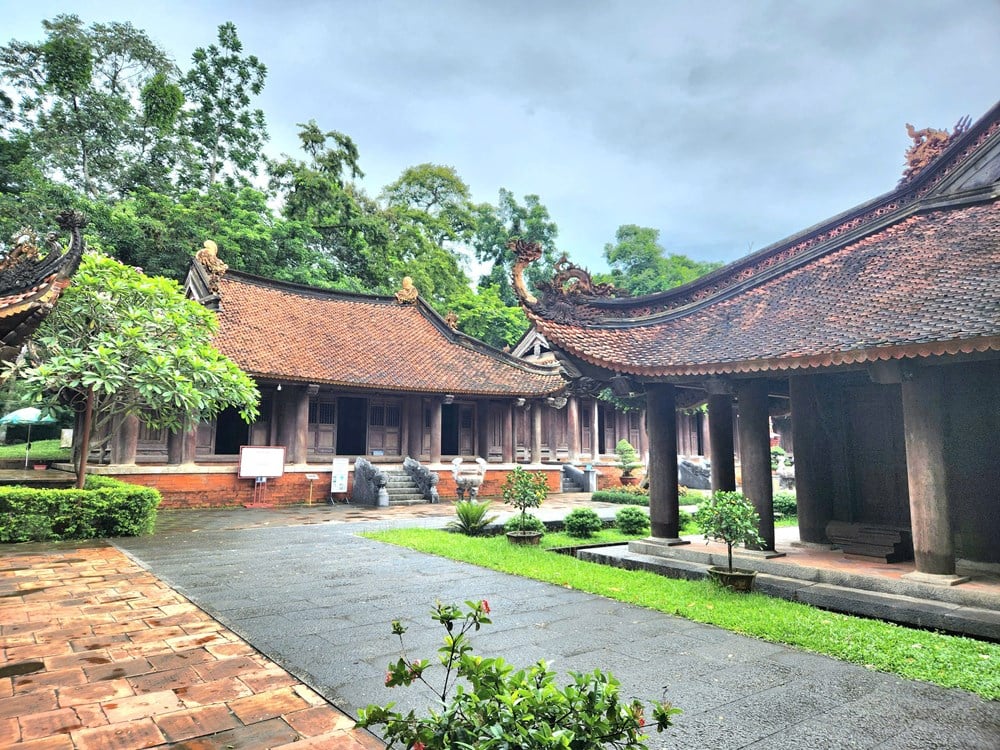
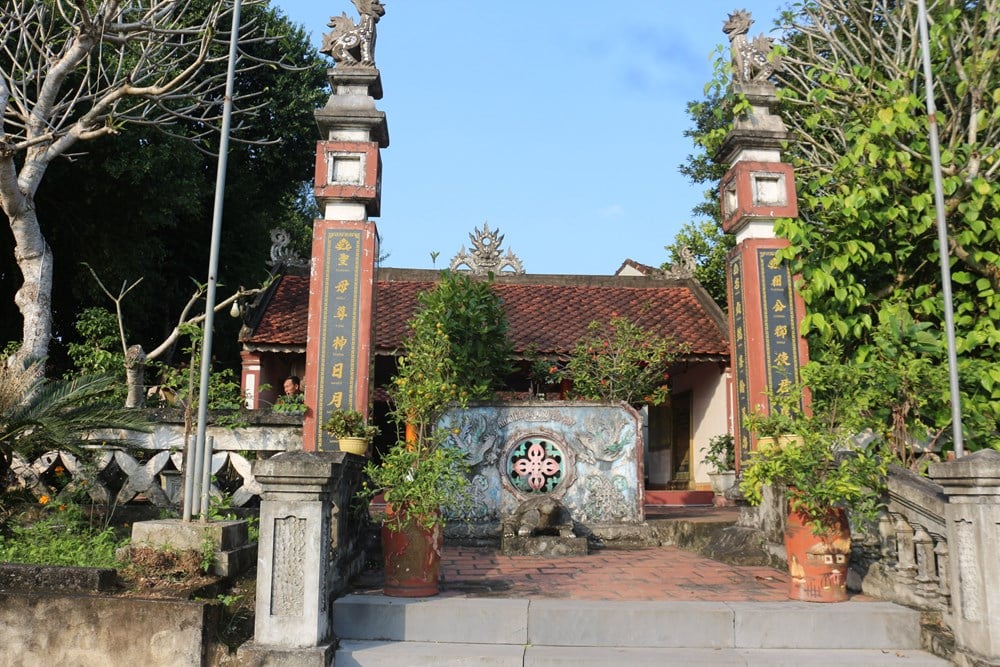











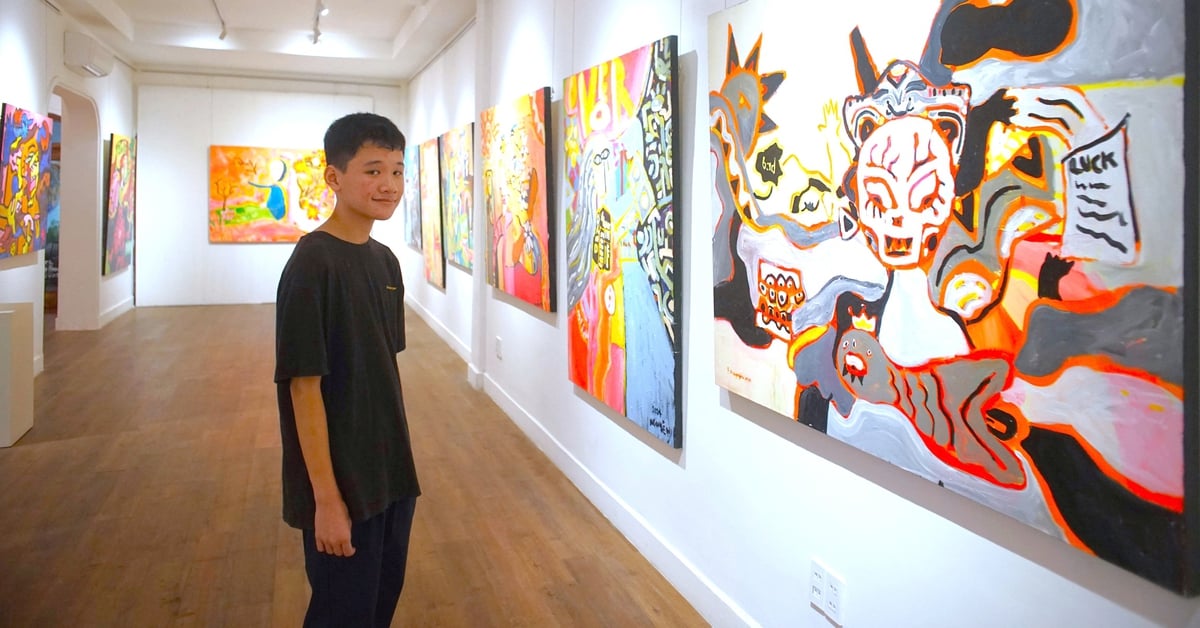












![[Photo] Politburo works with the Standing Committee of Hanoi Party Committee and Ho Chi Minh City Party Committee](https://vstatic.vietnam.vn/vietnam/resource/IMAGE/2025/8/21/4f3460337a6045e7847d50d38704355d)


















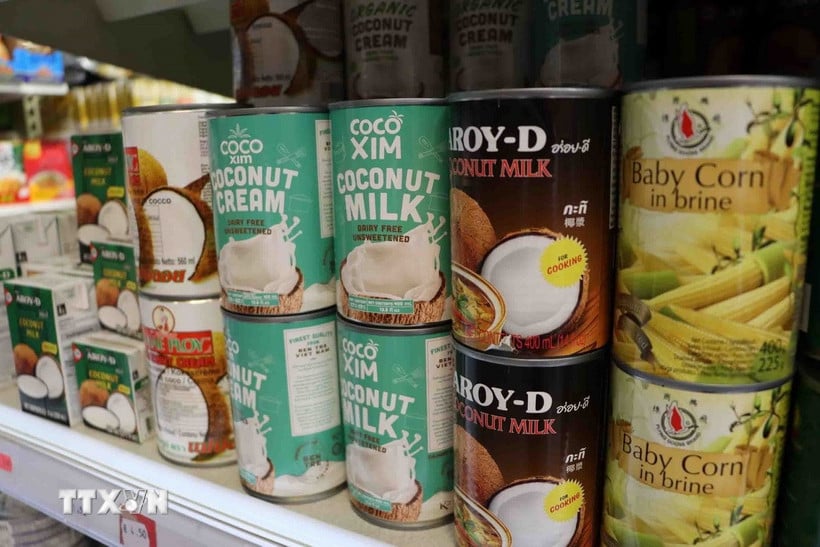

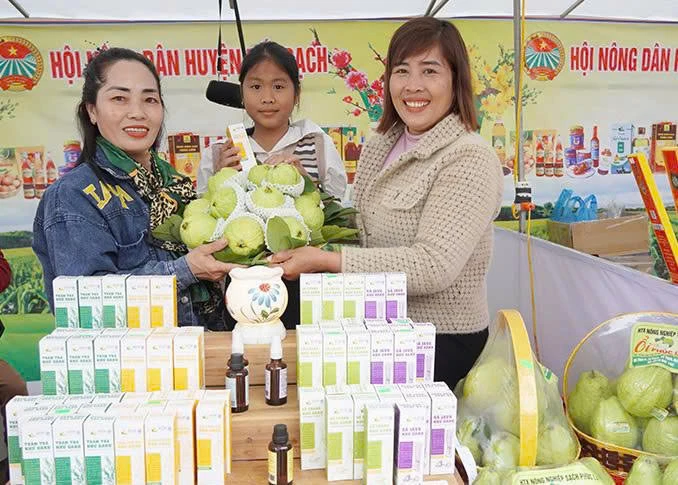
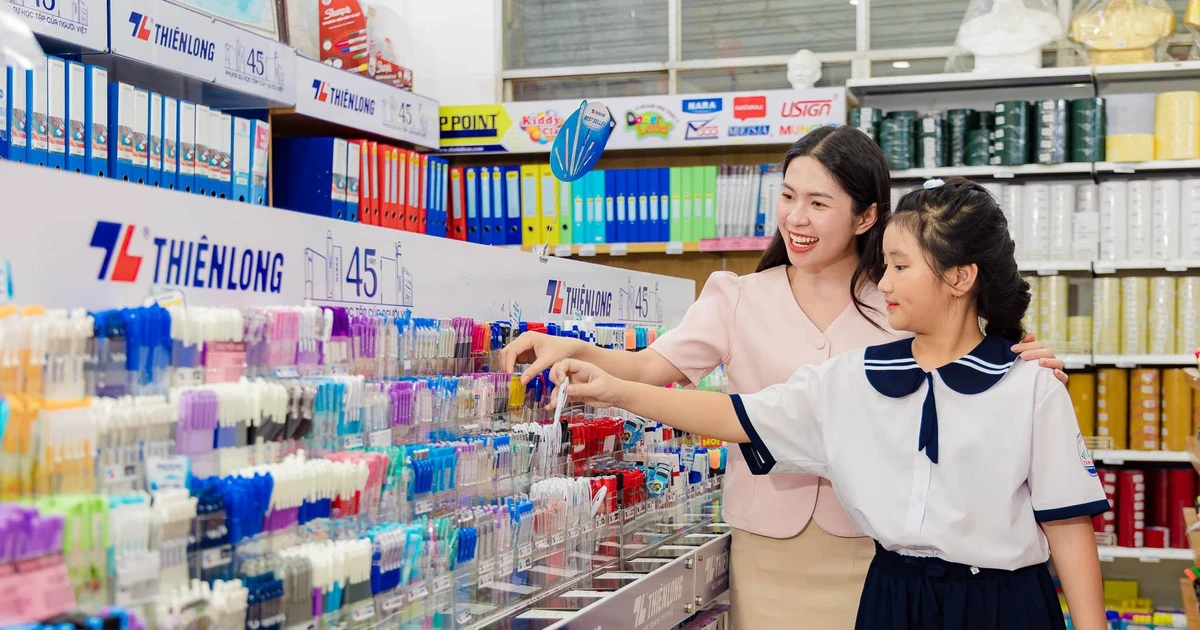










Comment (0)